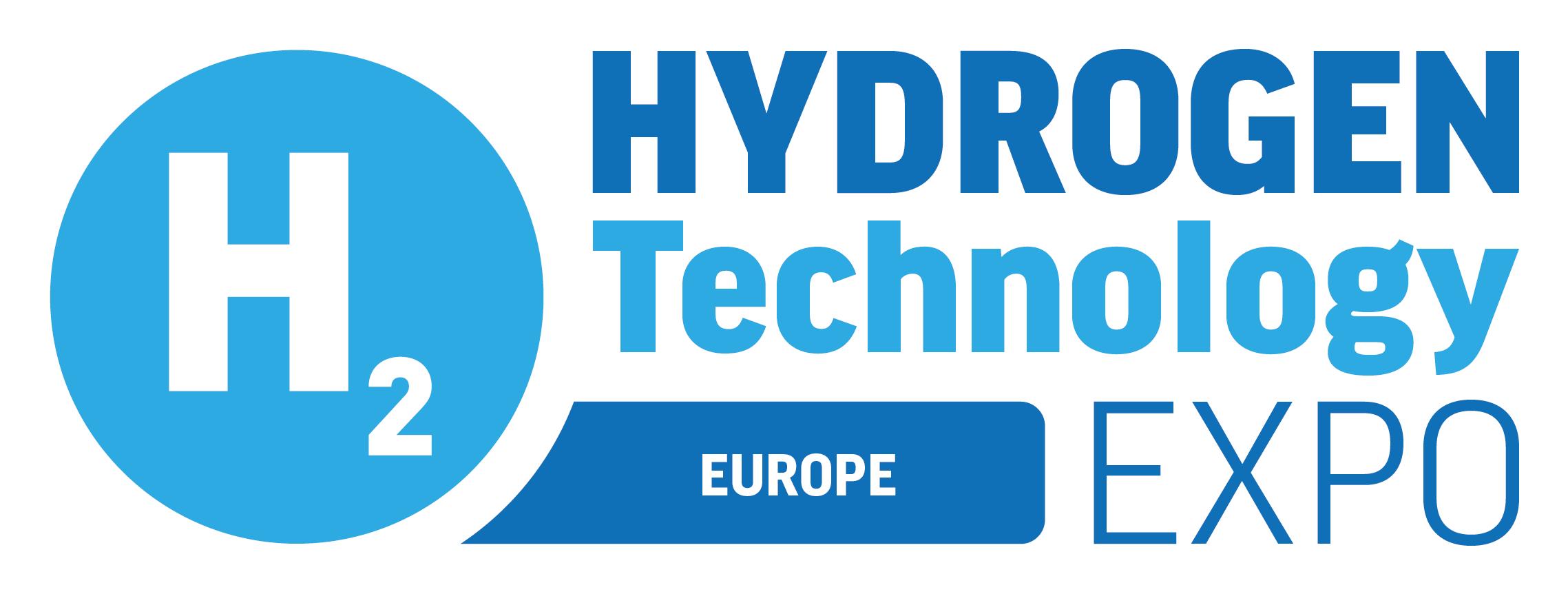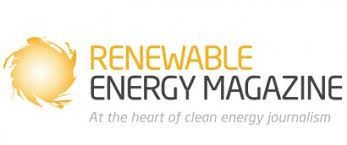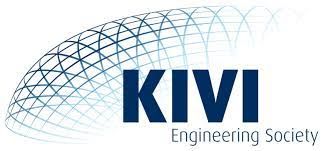Wall Street Journal – The Secret Behind the First $1 Billion Green Hydrogen Startup
Hundreds of companies have promised to produce large amounts of green hydrogen, but none have succeeded. Electric Hydrogen believes the secret to success is finding a better way to split a molecule.
Investors believe it too. The company is the green hydrogen industry’s first unicorn, raising over $700 million from backers including BP, United Airlines, Microsoft and iron-ore producer Fortescue Metals which pushed it over the magical $1 billion mark.
The Secret Behind the First $1 Billion Green Hydrogen Startup
Electric Hydrogen has produced a better electrolyzer that makes the clean fuel economic
By Amrith Ramkumar Follow | Photographs by Cassandra Klos for The Wall Street Journal Oct. 2, 2023 530 am ET
NATICK, Mass.—Hundreds of companies have promised to produce large amounts of green hydrogen, but none have succeeded. Electric Hydrogen believes the secret to success is finding a better way to split a molecule.
Investors believe it too. The company is the green hydrogen industry’s first unicorn. It recently raised $380 million from backers including BP, United Airlines, Microsoft and iron-ore producer Fortescue Metals. That pushed it over the magical $1 billion mark.
The molecule is water. Splitting it to create green hydrogen requires devices called electrolyzers. They are expensive and consume vast amounts of renewable electricity to make a small amount of hydrogen, making most projects uneconomical. Electric Hydrogen says its electrolyzer can produce much more hydrogen.
EXCLUSIVE
Former First Solar Chief Technology Oficers Rafi Garabedian and Dave Eaglesham have tested hundreds of electrolyzers at their new company.
The company aims to overcome the industry’s past failures by combining the tech-savvy swagger of Tesla with the financial discipline of First Solar, the only U.S. solar-panel producer to survive an onslaught of cheap Chinese imports. It has drawn executives from both companies.
Nearly all hydrogen produced today is made by heating natural gas. The process is cheap but generates greenhouse-gas emissions. Electric Hydrogen says that its performance gains combined with the generous government subsidies on offer will let it make green hydrogen that is competitive in today’s market. In some parts of the country with cheap renewable power, tax credits could exceed production costs, making the hydrogen free to buyers.
Green hydrogen is the holy grail of clean-energy technologies. It is one of the few options to eliminate emissions from trucks, planes, steel mills and chemical plants where renewable power and batteries alone can’t get the job done. Hydrogen is one of the few ways to move green power long distances. Potential demand is so great that the winner of the race for green hydrogen could dominate a market worth as much as $1 trillion in the coming decades.
Electric Hydrogen’s secret sauce is new materials and designs. At a lab 25 miles west of Boston, the company’s engineers made all of the critical electrolyzer components in- house, following Tesla’s model. By boosting performance, they drove down costs, following the same playbook First Solar used to beat back Chinese imports.
“We’re trying to give the world the next big technology it needs,” said Raffi Garabedian, Electric Hydrogen’s chief executive and a former First Solar chief technology officer. The 57-year-old from Boston co-founded the company in 2020 alongside Dave Eaglesham, who was also a previous First Solar chief technology officer.
Electric Hydrogen plans to sell cheaper electrolyzers to hydrogen producers just like solar panel manufacturers sell panels to clean-energy developers.
Inside the company’s electrolyzers, heated water moves horizontally through ridges and channels in specially designed stacked plates. Metal-coated membranes split the water into hydrogen and oxygen.
The reaction creates hydrogen bubbles, which are then cooled. The oxygen is vented into the air or reused. It is a delicate dance that can be thrown off by the smallest impurities in the water or difficulties getting power to the plates where reactions happen.
Electrolyzers have historically been small-scale devices used on submarines, in space and in the chemical industry. Electric Hydrogen believes it has cracked the device by starting from scratch and using new plate engineering focused on the performance of bigger electrolyzers. Testing hundreds of the larger devices that use less precious metal and can run on intermittent renewable power lowered costs and unlocked better results, the company says.
Eaglesham, a lanky 62-year-old Englishman who kite surfs in his free time, oversees the lab and maintains a secret document of the company’s failures and fixes that only top engineers can access. He doesn’t share it with Garabedian, his boss.
Electric Hydrogen aims to further drive down costs. By 2030, customers will be able to produce hydrogen in renewables-rich states such as Texas for roughly $1.50 per kilogram, in line with hydrogen made from natural gas, it says.
The climate law known as the Inflation Reduction Act provides a tax credit for green hydrogen of up to $3 per kilogram. With that money, customers that produce hydrogen could give it away and still make a profit. “Our goal is to make the subsidy irrelevant by bringing down the cost,” Eaglesham said.
“They’re further along than just about anything else I’ve invested in,” said Michael Leskinen, the chief financial officer at United, who has overseen its venture investments. The industry sees green hydrogen as one way to produce clean jet fuel.
Electric Hydrogen’s claims will be put to the test soon. It is opening its first large electrolyzer factory next year at an emerging clean-energy hub in a converted Army base 30 miles northwest of its lab. The nearly 200,000-square-foot factory will be next door to nuclear fusion startup Commonwealth Fusion and battery recycling company Ascend Elements. At the factory’s full capacity, Electric Hydrogen aims to produce twice as many electrolyzers each year as the total amount installed globally in 2022.
Electric Hydrogen’s success or failure won’t be known for years, as it ramps up supply and customers install the machines, get permits and connect the electrolyzers to green power. “It’s kind of like Netflix waiting for high speed broadband and internet to get there,” said Gregory Constantine, chief executive of startup Air Company, which hopes to use hydrogen to make clean jet fuel. “When it does, it unlocks all of these other areas.”
Electric Hydrogen got its start at a pub in Cambridge, Mass. A longtime skeptic of hydrogen, Eaglesham became intrigued about the industry talking to David Danielson, a partner at Bill Gates’s Breakthrough Energy Ventures who helps manage its climate investments. Danielson previously led an Energy Department innovation funding program.
Eaglesham decided building a better electrolyzer was the key to making green hydrogen feasible. He and a finance-focused Breakthrough colleague named Derek Warnick recruited Garabedian and brought on a former Tesla chief engineer as a co-founder.
They took space at the closest chemical industry lab Eaglesham could find. Warnick, the company’s chief financial officer, killed a rat in his office on his first day. When the company hit its $1 billion valuation, he gave Garabedian a stuffed toy unicorn to celebrate.
Write to Amrith Ramkumar at amrith.ramkumar@wsj.com
Appeared in the October 3, 2023, print edition as 'Startup Rides Green-Hydrogen Quest to a $1 Billion Valuation'.




)
)
)
)
)
)
)
)
)
)
)
)
)
)
)
)
)
)
)
)
)
)
)
)
)
)
)
)
)
)
)
)
)
)
)

)
)
)
)
)
)
)
)
)
)
)
)
)


)
)
)
)
)
)
)
)
)
)
)
)

)

)
)
)
)
)
)

)
)
)
)
)
)
)
)
)
)
)
)
)


)
